
In the first article on modular gadgets, we described the most famous devices. Some of them have become reality, others have not, but they are all very interesting. Readers mentioned a few more unusual gadgets in the comments, and, of course, we decided to talk about these projects as well.
In this article, we only talk about those gadgets that have become reality. These are all smartphones. In 2014-15 there were other projects, but they did not go beyond beautiful renders.
Lg g5
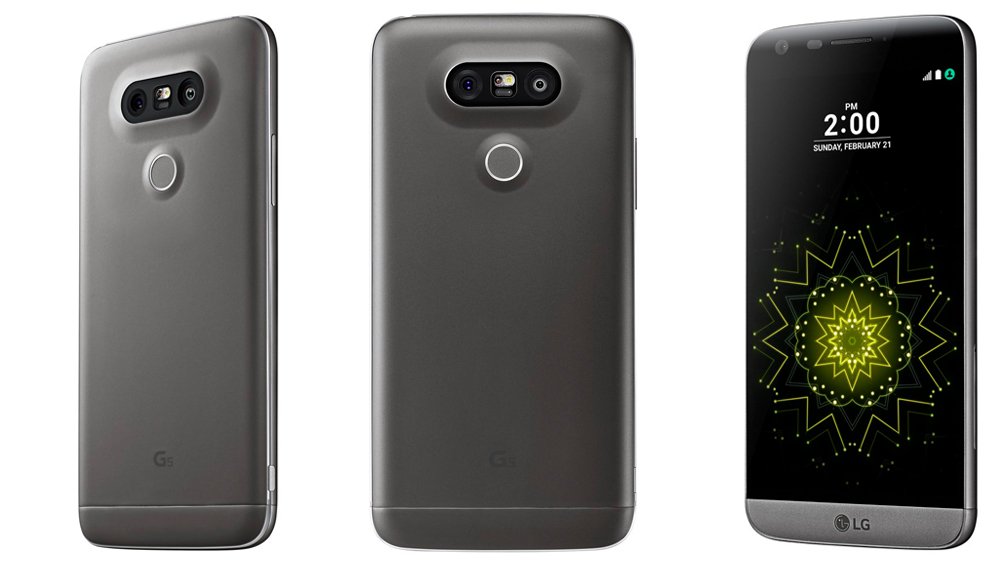
The phone was first unveiled at MWC 2016. LG has announced that it will be the successor to the LG G4. In 2016, the LG G4 became the flagship of the entire line. The bulk of the sales fell on the USA and Europe. But his younger brother, G5 SE, got to Russia.
The essence of the project. The phone was intended to be modular, although not completely. Its lower face could be detached and a functional module installed. It could be a reinforced battery, DAC, various accessories.
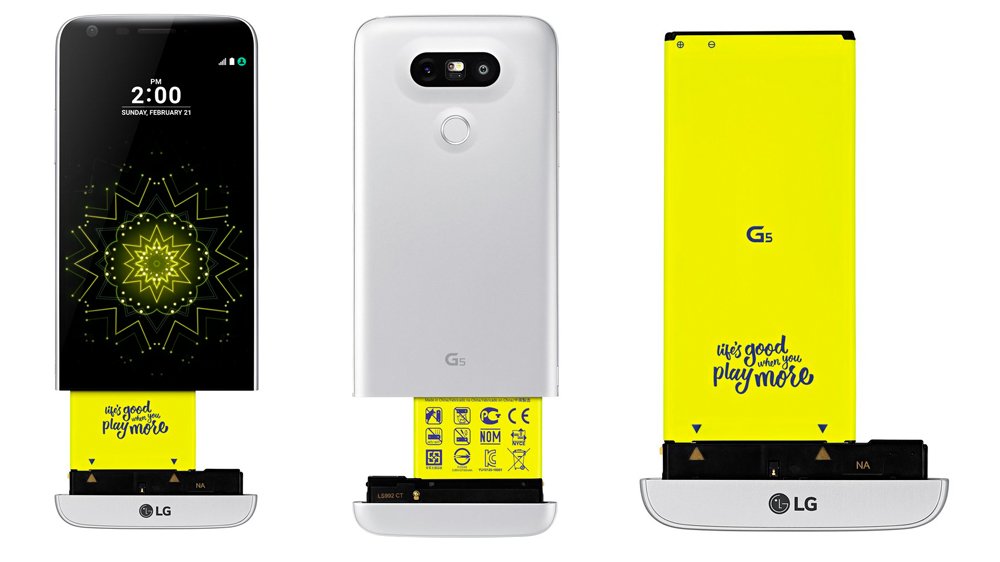
In the summer of 2016, the modules promised by the company went on sale. For example, a camera control module, an improved audio module, a battery with an increased capacity, which was already mentioned, plus a few more "add-ons".
Device characteristics:
- 5.3-inch screen.
- 16 MP camera.
- 32 GB of internal memory.
- 4 GB of RAM.
- Quad-core processor (2x2.15 GHz Kryo & 2x1.6 GHz Kryo).
What now? The phone really saw the light, bloggers played with it, but it did not become especially popular. It was an interesting experience for LG, which it later decided not to repeat.
PinePhone

Another modular phone, but more modern than the LG G5. Prototypes appeared in November 2019, they were received by fans of the project and developers.
The essence of the project. It's not just a modular smartphone, but also a Linux-based device, making the device doubly attractive to geeks. The gadget is positioned as a phone for enthusiasts who want to fully control their device - both in terms of software and hardware.
Linux platforms are used as OS. Postmarket OS available with KDE Plasma Mobile, UBPorts (Ubuntu Touch), Maemo Leste, Manjaro, LuneOS, Nemo Mobile and Sailfish.
The hardware can also be changed, since most of the modules are not soldered, but are connected with easily detachable cables. As a result, the camera can be replaced with a better one.

The developers claim that you can assemble a gadget from modules in about 5 minutes.
Specifications:
- 5.95 inch screen.
- 16 GB of internal memory.
- 2 GB of RAM.
- ARM Allwinner A64 processor with GPU Mali 400 MP2.
- There is a monitor output.
- Wireless modules Wi-Fi 802.11 / b / g / n, Bluetooth 4.0 (A2DP), GPS, GPS-A, GLONASS.
- Two cameras, 2 and 5 MP.
- Battery 3000 mAh.
What now? The first batch, which appeared on sale at the beginning of the year, has already been sold out. The developers promise to make a larger delivery a little later. In general, all is well, many enthusiasts are waiting for the arrival of a new batch of the phone on sale, since its price is only $ 150.
PadFone
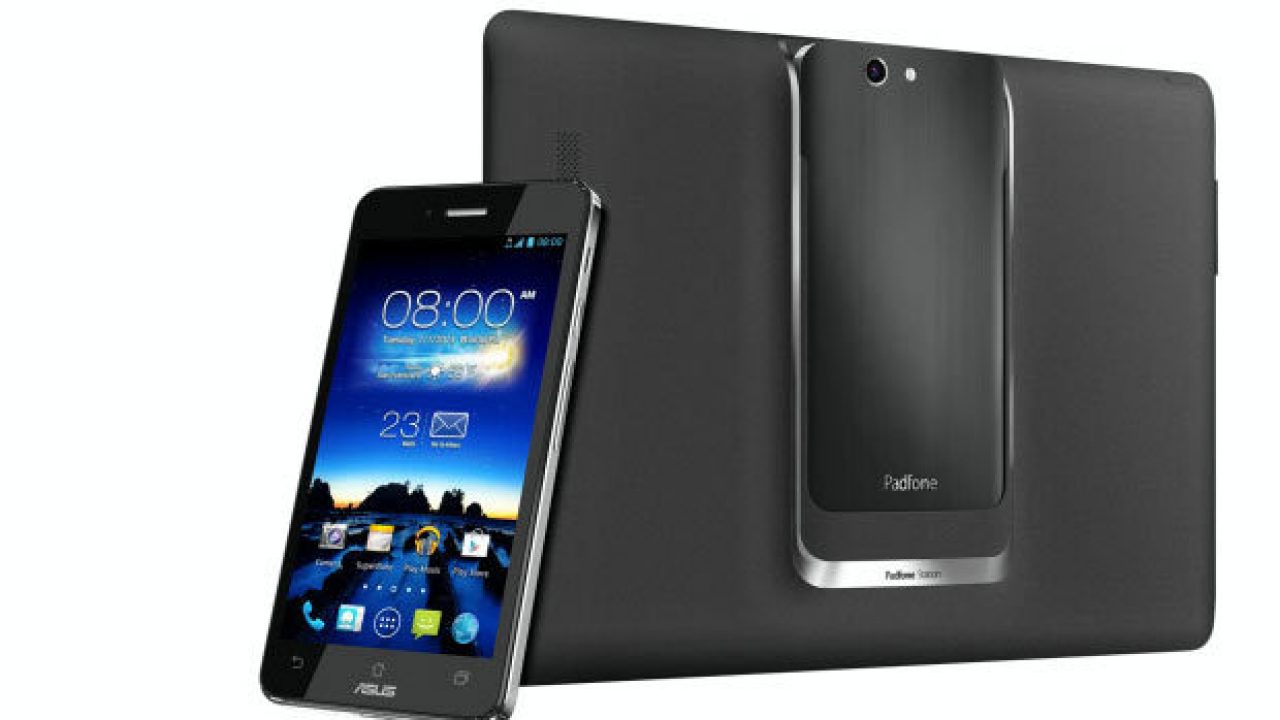
The device appeared in stores in 2012. The developers positioned it as a combo device, a hybrid of a phone and a tablet.
The essence of the project. The modularity of the gadget is the ability to connect the phone to the base-tablet. The tablet could not work without a phone, it did not have its own processor or memory.
A keyboard could also be connected to a tablet with a phone inserted into a dedicated slot.
Specifications:
- SoC Qualcomm Snapdragon 801 MSM8974AB.
- CPU Krait 400 @ 2.3 GHz (4 cores).
- GPU Adreno 330.
- Operating system Android KitKat 4.4.
- Touchscreen display 5 ″ IPS, 1920 × 1080, 440 ppi.
- Random access memory (RAM) 2 GB, internal memory 16 GB.
- Permanent memory 16 GB.
What now? The project did not become truly massive, despite the release of budget models like the Padfone 4.3 mini and Padfone E. We cannot say that this hybrid will be quickly forgotten, there are enthusiasts even now. But nevertheless, he did not become a favorite of the public, and the company, having released several versions of the device, no longer dared to undertake such experiments.
Modu
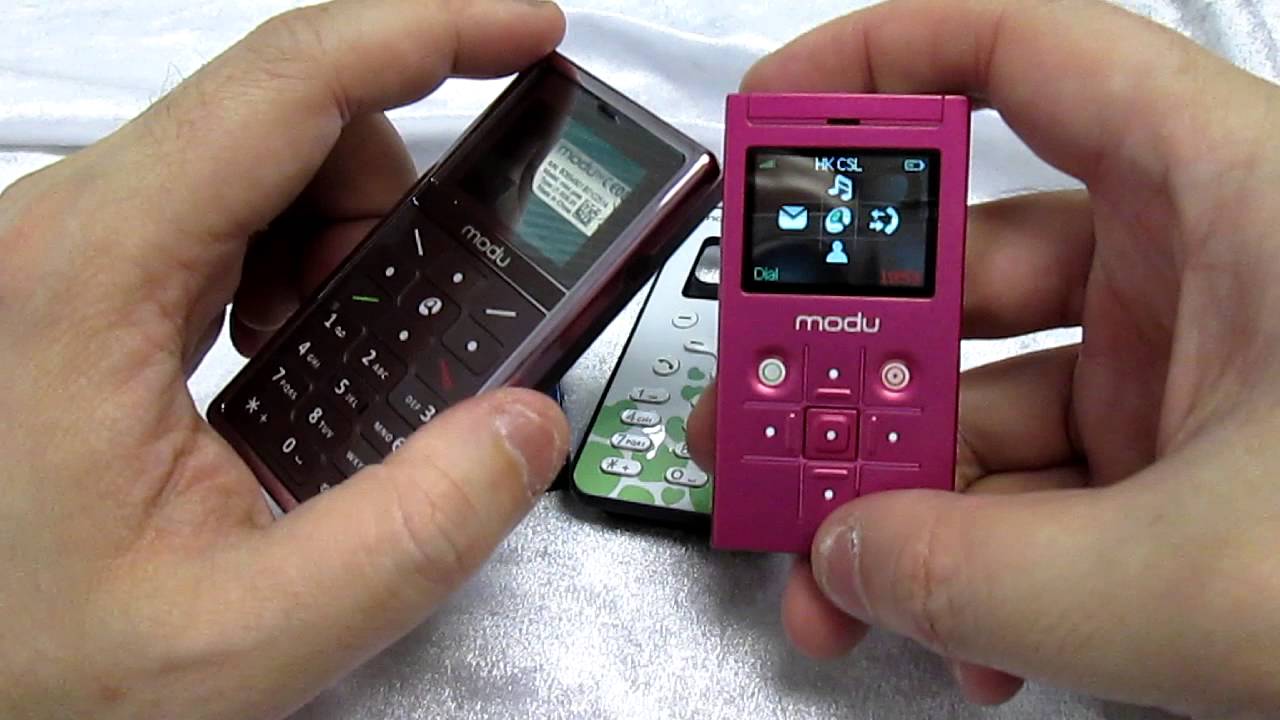
MODU is a 2010 project. It was released by the Israeli company Modu.
The essence of the project. The phone itself is essentially a base unit. It works like a phone should, but its functionality is very limited. But removable housings can be connected to the main module, expanding the functionality of the device. This can be an audio system, keyboard, camera, etc.
What now? The phone did not become popular. Modu employed 130 people. A year after the phone was published, she had to close, declaring herself bankrupt.
In 2011, Google bought the Modu patent database for $ 4.9 million, and in 2013 it became known about Project Ara, Google's own modular device .
Shiftphone
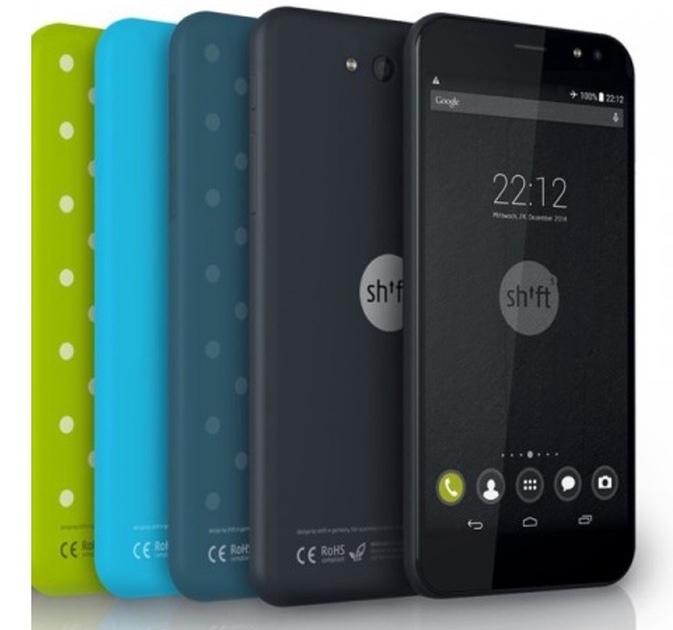
This phone also has a modular structure, but its idea is not that individual modules can be replaced with more advanced ones.
The essence of the project. The device is really modular, its individual parts can be easily disconnected and connected. This was done for ease of repair.
One of the family members, Shift5 +, released in 2015, received a 5-inch display, a Qualcomm multi-core processor, 2 GB of RAM, 32 GB of internal memory. Plus rear and front cameras 13 MP and 5 MP, respectively.
What now? The project is developing, the company is releasing new models. There are 10 people working on Shiftphone, so they make limited editions of devices.